What’s in a name? Can the terms “business process” and “workflow” be used interchangeably? Are they the same thing, or not? And—maybe most importantly—does it even matter?
As part of my work in the intelligent automation industry, I talk to businesspeople every day, and these terms rarely come up in conversation anymore. But the concepts they refer to are still relevant, especially as organizations engage in digital transformation efforts that, at their core, are essentially about redesigning business processes in a holistic way.
For what it’s worth, here’s my take on workflow vs. process—and how the Nividous intelligent automation platform uses these ideas to help solve specific business problems.
Our automation solution isn’t as expensive—or as complicated—as you think!
Tell us about your specific business challenge and see how our platform can help.
Business Process & Workflow Definitions
Here are definitions of both terms from my perspective:
Business process is the series of steps or activities that a business follows to produce or deliver a product or to complete discrete functions within their business. Processes naturally develop as part of the business of getting work done.
Workflow is the job of evaluating a business process to improve it for the future; it also refers to the tools and technologies the business uses as part of the improvement effort.
In practice, workflow vs. process looks like this:
When a company is formed, it figures out the product(s) or service(s) it wants to provide. If the company builds widgets, it naturally needs to determine the required steps to build those widgets. Very simplistically, the business process might involve these steps:
- Someone has to buy the materials.
- Someone has to assemble the materials to build the widgets.
- Someone has to put them in a box.
- Someone has to ship them to the customer.
- Someone has to bill the customer.
- Someone has to receive the money.
This process happens without anyone necessarily having to think about or design it; these steps are all simply an integral part of operations.
When the company’s leaders decide to examine and evaluate that process to try to improve it—that’s where workflow comes into play, layered on top. To improve a business process, a company might decide to automate it, reorder the steps, or change the way it is done altogether.
Workflow can’t exist without a process, but a process can exist without workflow.
Workflow = Business Process Management (BPM) = Intelligent Process Automation
People used the term workflow more frequently in pre-BPM days, and when business process management was up-and-coming, they used workflow to describe what those tools did. Now, even the term business process management, or BPM, is starting to fade, with everyone calling it different things, such as digital process automation and intelligent process automation. In my view, both these terms fit within the broader term of workflow.
Admittedly, the way you view these terms likely stems from your perspective.
From a broad business analysis point of view, business process management is the discipline associated with process discovery, modeling and evaluation.
From an IT perspective, business process management is the software organizations use to develop custom solutions.
At any rate, there’s little point to pondering the correct use of these specific terms (or other, muddled-up versions—what is a “workflow process” and a “business workflow”?). The important point is this: Terms come and go, and while these specific ones are on the way out, the concept of improving your business processes is very much on the way in. Get familiar with today’s intelligent automation tools, and you’ll be right up to speed about the current state of process improvement in business.
How To Optimize Your Processes Using Intelligent Automation
Unlike the simple example of a process we mentioned above, most organizations’ processes are complex. And while robotic process automation (RPA) tools are capable of automating some tasks, most organizations are applying those tools to individual parts of various processes, essentially taking a “piecemeal” approach to process improvement. As a result, there is little meaningful change made to an entire process from beginning to end.
The Nividous intelligent automation platform takes a more holistic approach to improving processes. Business process management is actually a technology built into our platform that can be applied to complex, sophisticated processes. That means organizations can streamline all their key processes (even those that necessarily include humans), so they can be managed and tracked—which is the key to learning how to work more productively.
A Real Example Of Workflow Applied To Business Process
Consider a call center for a mortgage company. One of its business processes centers around loan origination. Select steps of this process include:
- A new customer submits a new loan application via email.
- A company staff member calls the customer to verify the information that has been submitted and to request other necessary documentation as needed.
- The customer provides the information and the loan application is processed.
RPA is certainly capable of handling these tasks but companies often choose to keep human interaction with customers as part of the process to improve the overall customer experience. Keeping the human task in the process also allows for the complete process to be automated more quickly and at a lower cost. An RPA-only solution would not be enough to automate this complete process. From a CEO’s perspective, it would be easy enough to find out the status of the tasks performed by RPA bots. But in an RPA-only system, the second task is completely left out, with no data being generated around it. As a result, the CEO has diminished visibility over the entire process, making it more difficult to manage—and improve—that process.
The Nividous platform includes a business process management component, allowing for complete, end-to-end process automation.
This sequence of steps as they take place within the Nividous platform are:
- Handling email requests: An RPA bot launches Microsoft Outlook and navigates to a folder called “New requests.” Using a machine learning model, the bot looks at each email received to determine which actions to take next. In this case, new loan applications have an attached PDF file; these emails are saved to a new location for handling.
- Information is collected and verified: The bot extracts the relevant data from the PDF file and inserts it into the company’s loan origination system. Bots navigate to your system (even older legacy systems) and input the data that has been extracted. As long as the system has a user interface, bots can extract and insert data into it. An optional step will allow for human review of the data that has been extracted if the confidence score is below a threshold set by management. A loan officer will receive a task notifying them to call the customer to obtain more information.
- Processing the application: The underwriter that is responsible for making the final decision on the loan will use all of the provided information to determine if the loan should be approved. The bot can also provide additional guidance to the underwriter by using the predictive analytics capabilities built into the Nividous platform.
At any time, employees can see where they are in the process by clicking on the business process diagram:
And using the control center, managers can find any statistics they need about the process, such as:
- How many files per processor
- How many files per underwriter
- The average age of items in the underwriters’ queue
- How many files are cleared to close
- The breakdown of loans by status
Looking to improve your business processes? Talk to us about implementing a Nividous workflow.
Despite the confusion around terms, the one thing you can count on is that the better you understand your processes, the more successful you’ll be at making meaningful improvements.
The Nividous team is made up of business process experts. Our cofounders, as well as our core engineering team, came from a business process management company. Workflow is our specialty; we apply this expertise to every project we take on. So if you’re looking for ways to use automation more strategically—in a way that will create lasting benefits for your business—please reach out to us today. Or, take a look at some of our case studies; we may have already solved a problem similar to yours!


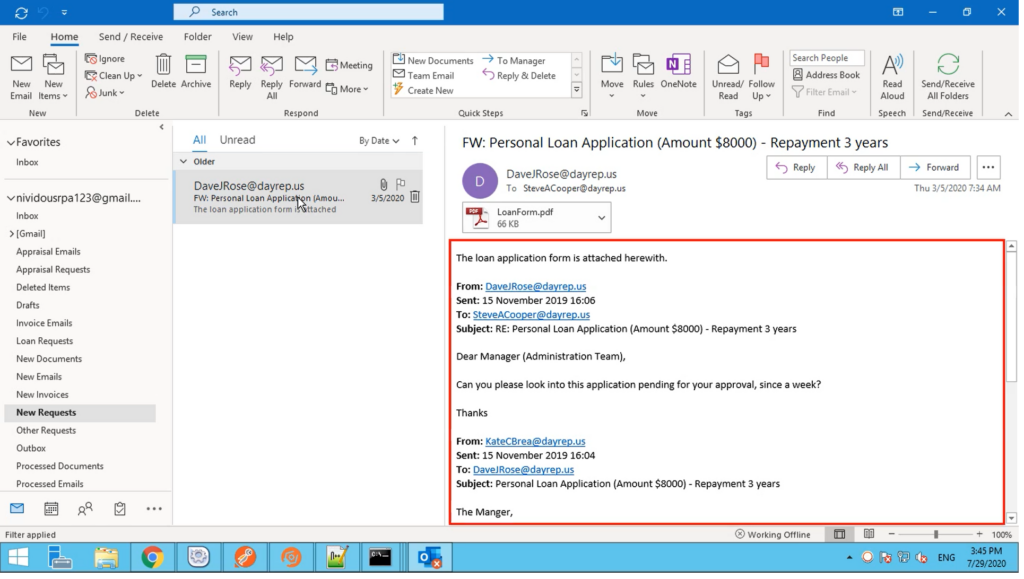
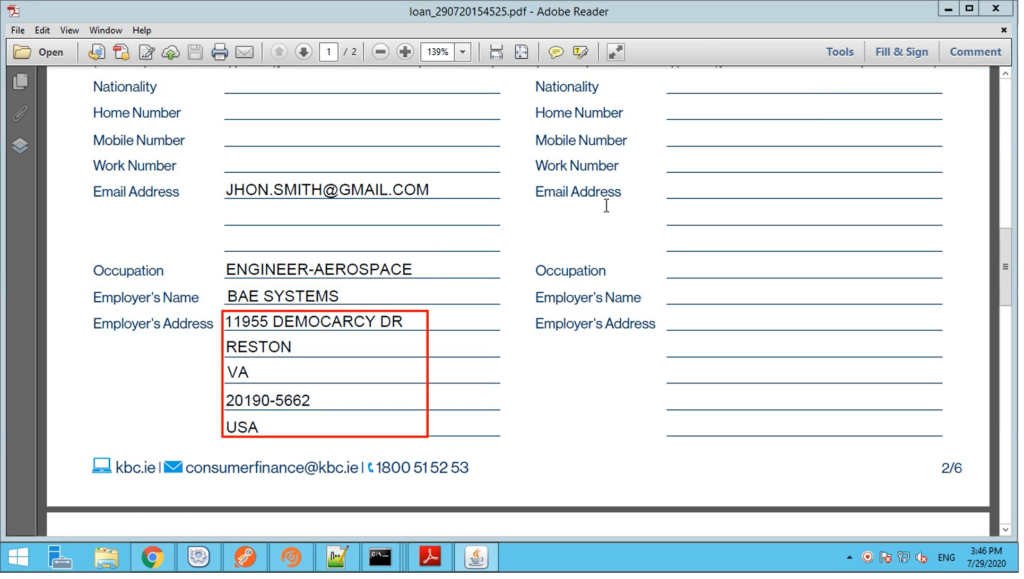
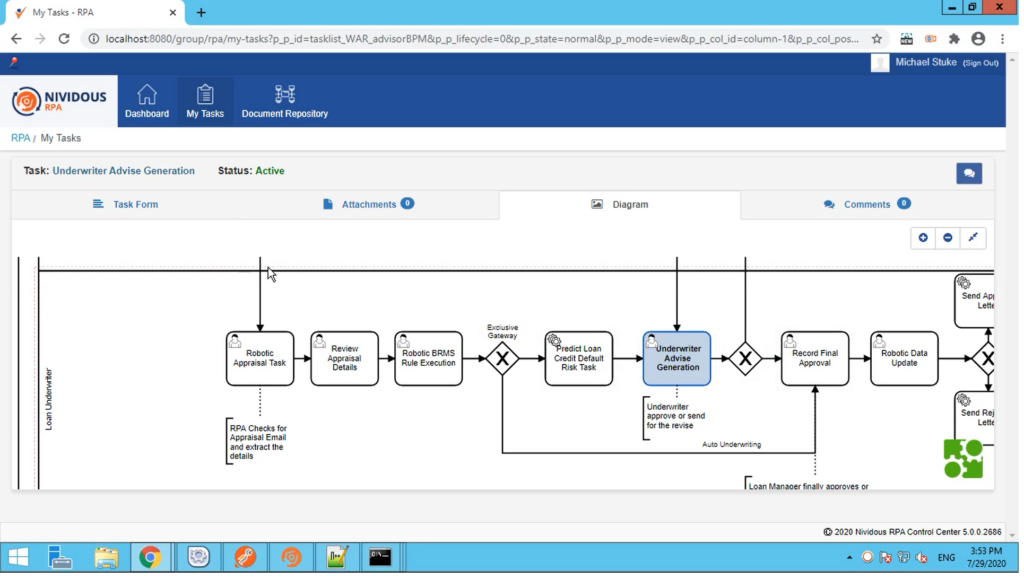
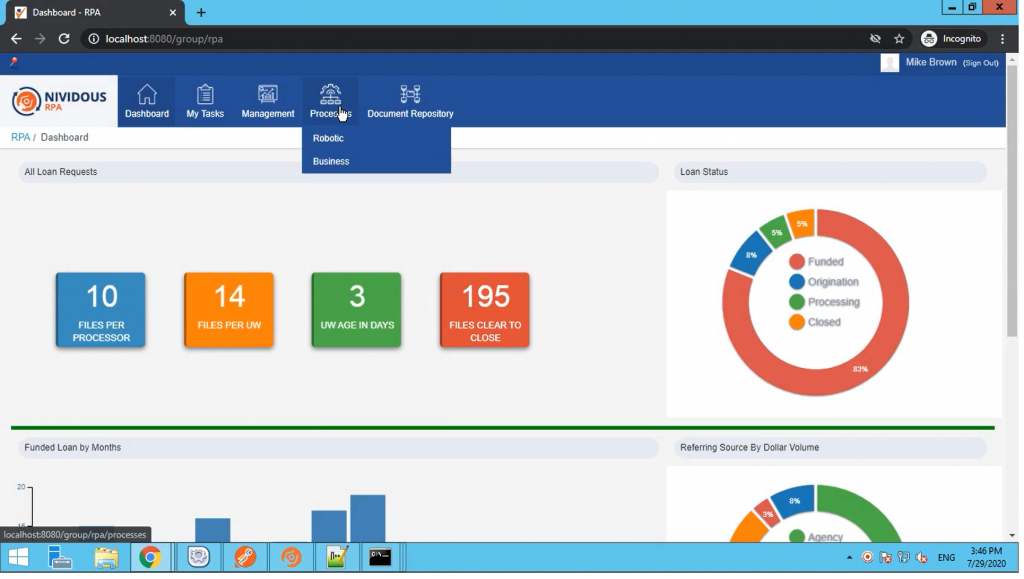
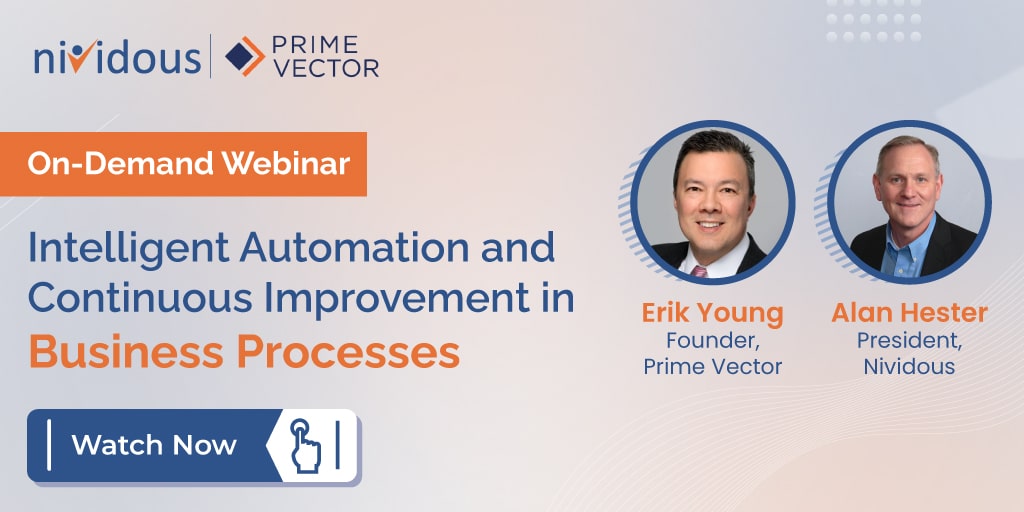
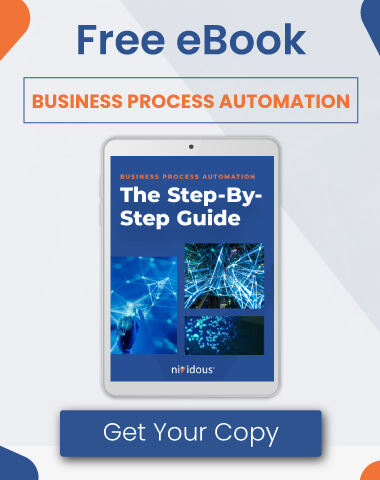


![Business Process Automation: Your Complete Guide [2023]](https://nividous.com/wp-content/uploads/2023/09/Business-Process-Automation-Your-Complete-Guide-2023-Blog-Feature.webp)